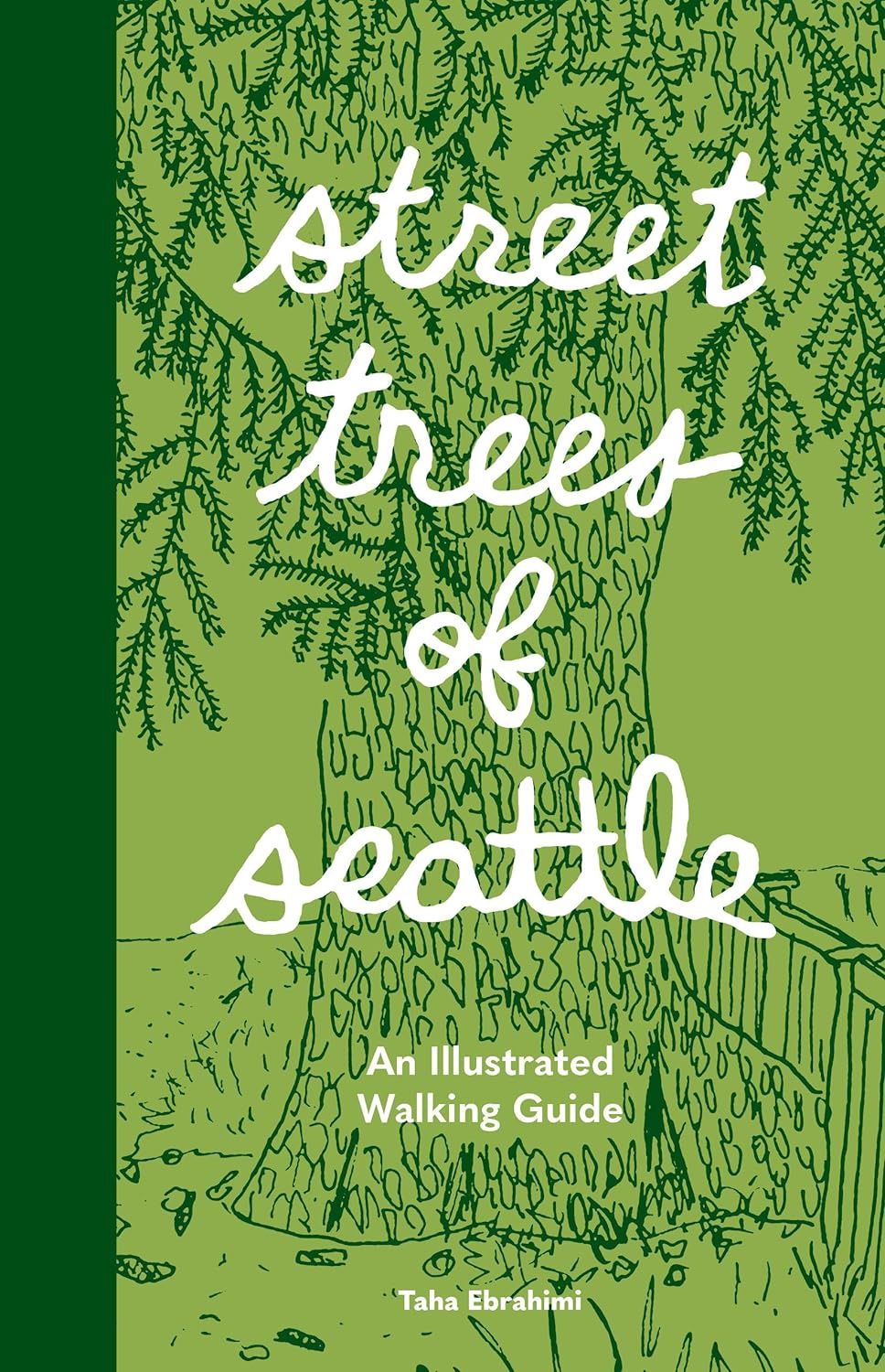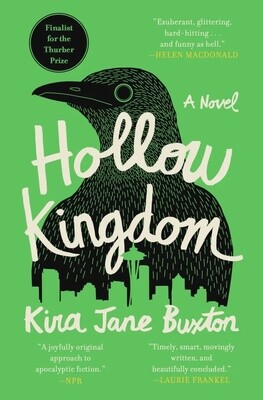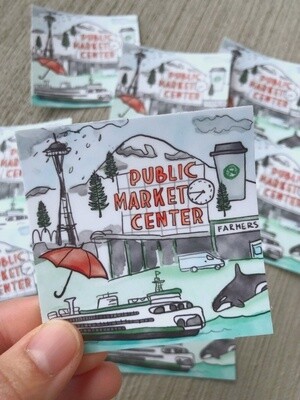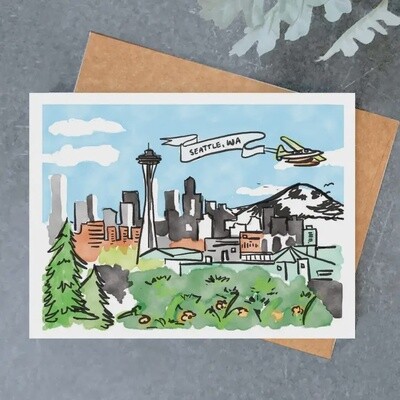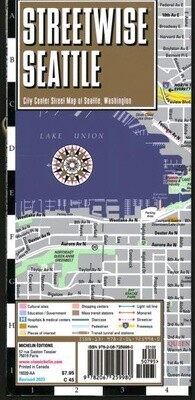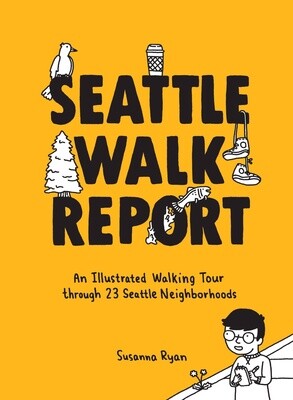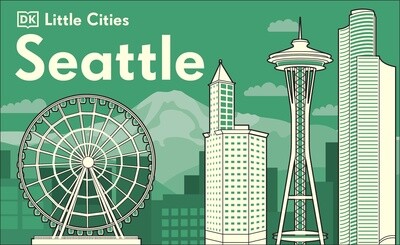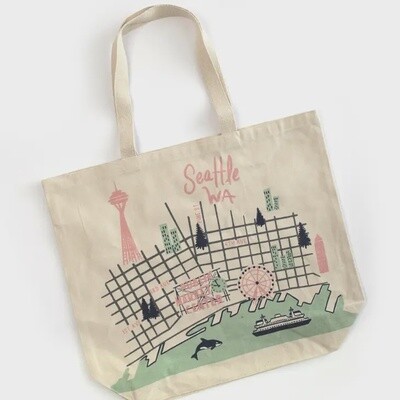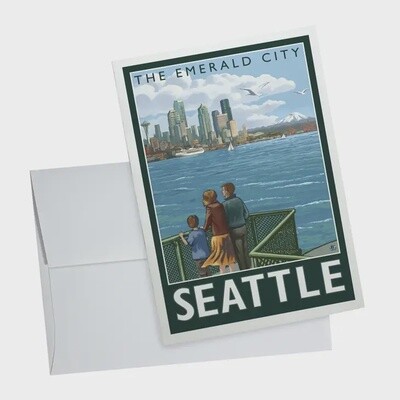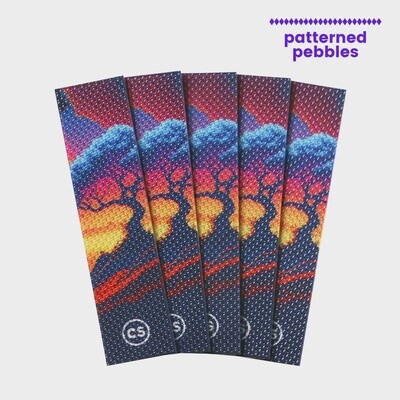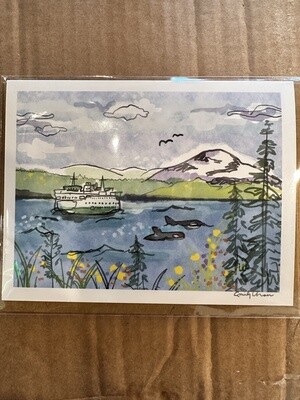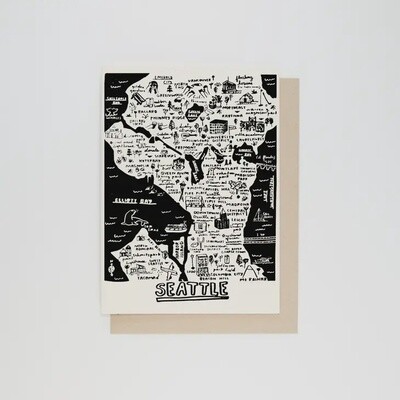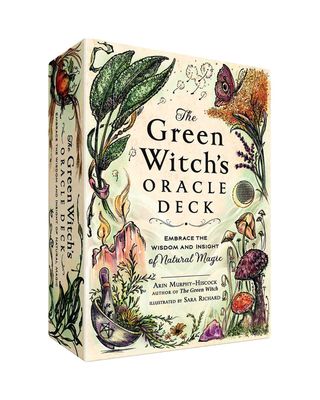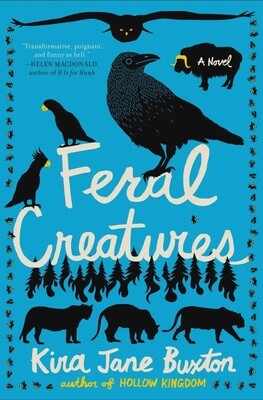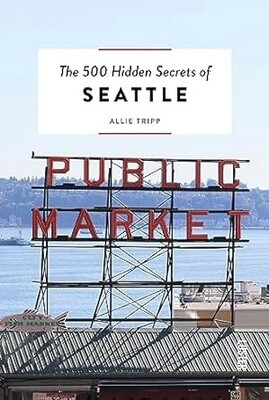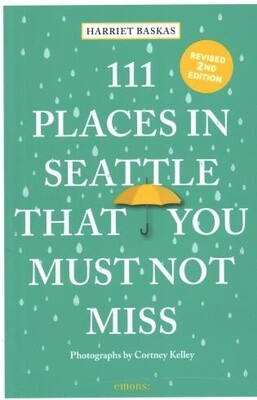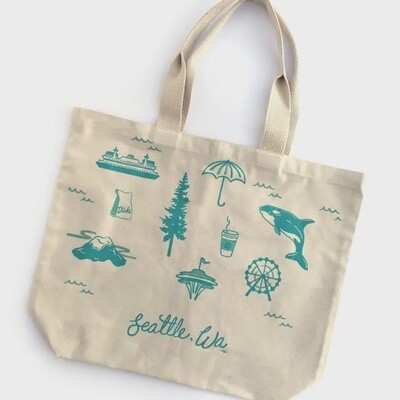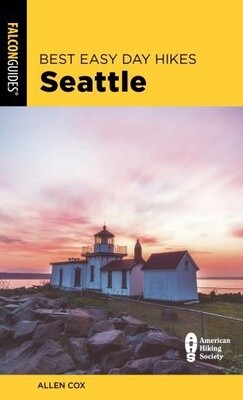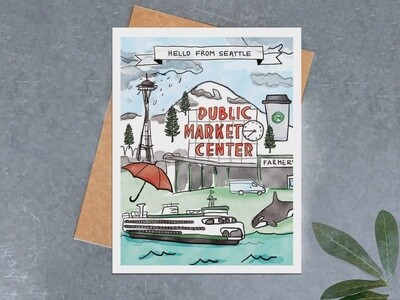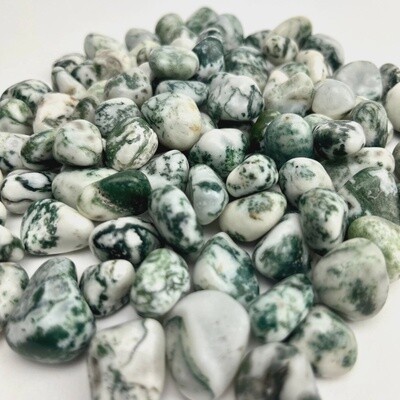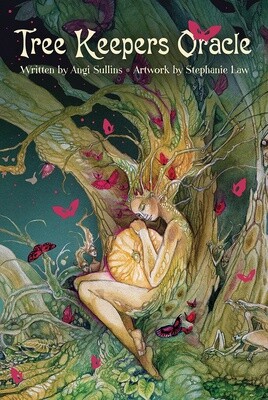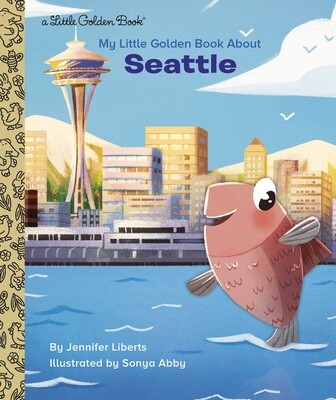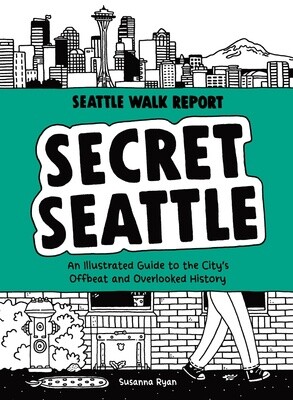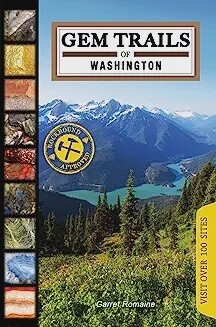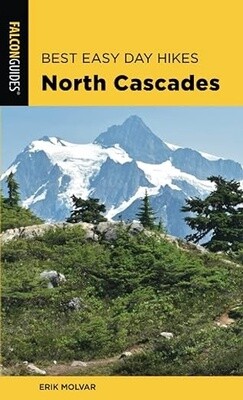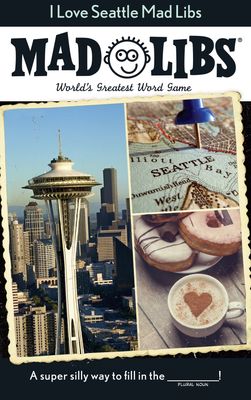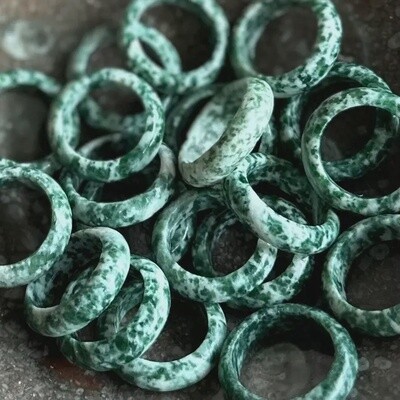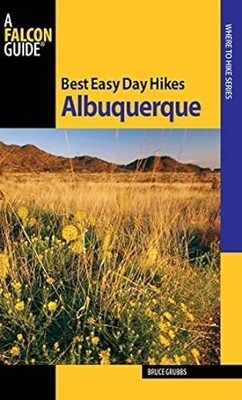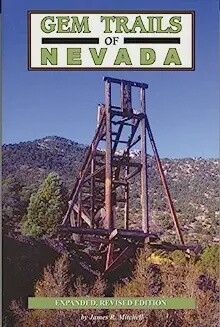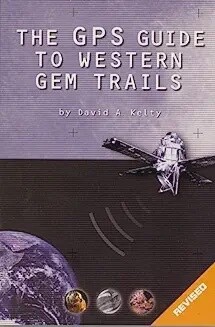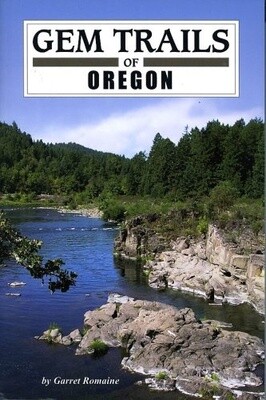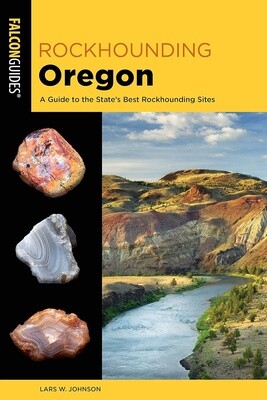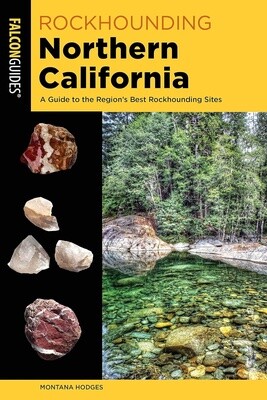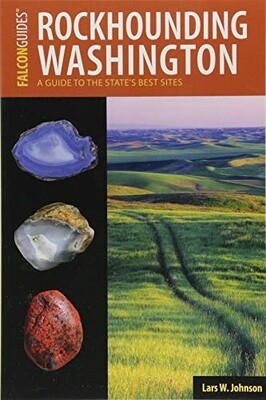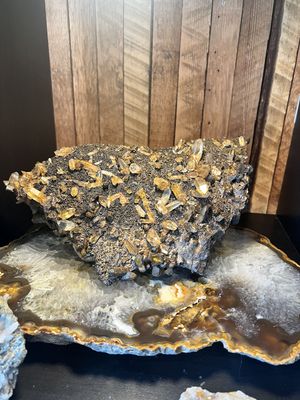Street Trees of Seattle | An Illustrated Walking Guide
- Want to discover which neighborhood has the highest concentration of cherry street trees when cherry blossoms are at their peak?
- Eager to stroll down the only street lined with western red cedars?
- Curious how monkey puzzle trees made their way to the city?
Using data visualization as a starting point, the author takes readers on a tour of existing street trees throughout Seattle's neighborhoods and iconic parks through charming line drawings and maps. In the process, she educates readers on the history of the trees and the city, and offers up drawings of trees, leaves, and leaflets to identify trees throughout 33 different neighborhoods. The oldest, widest, tallest, and most notable of each species are highlighted, so urban adventurers can fully appreciate their surroundings or design their own walking routes to experience these natural wonders in their favorite areas of the city.
The book is organized alphabetically by neighborhood and each area:
- Showcases a species of tree
- Includes a history of the tree and/or neighborhood
- Offers maps and callouts for spotting the best street specimens
In an increasingly digital world, the book invites readers to slow down and embrace an analog approach to tree-spotting during their urban meanderings. With its useful but whimsical package, Street Trees of Seattle offers a handy way to explore our urban natural treasures.
Bryant Neighborhood Highlight
Monkey Puzzle (Araucaria)
Ties between the monkey puzzle tree and the Pacific Northwest go back as far as the tree’s introduction outside its native Chile. In 1792, Captain George Vancouver led an expedition to explore North America’s Pacific coast, and on the voyage back to Great Britain, he and his crew stopped in Chile, where they were served edible seeds from an unusual-looking tree. The ship’s botanist, Archibald Menzies, pocketed some of the seeds and grew them during the trip home, which is how he introduced five young saplings to Britain in 1795, along with the crew’s other findings from the Pacific Northwest territory, forever associating the monkey puzzle with this region.
In Seattle, the earliest mention of this odd evergreen in the Seattle Daily Times is in 1925, when a listing advertised a 10-foot-high tree that could be purchased for $5 (about $85 today). By 1960, the cost of a monkey puzzle tree in Seattle was advertised as $9.95 (or $100 today). Then the organizers of the 1962 World’s Fair decided to hand out free monkey-puzzle saplings—which is when many of the trees you see in the city today were planted. By 1975, a scarcity of seeds was reported across the city.
There is only one monkey puzzle street tree in a planting strip left in the entire city of Seattle, and it is located in Bryant, a neighborhood named after Bryant School, which itself was named after the 19th-century poet and New York Evening Post editor William Cullen Bryant (who, unlike the monkey puzzle tree, had not even a slight connection to Seattle).
About the Author

Explore our brand partners

Discover detailed information about our brands and products to help you make informed choices and explore what we have to offer
